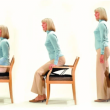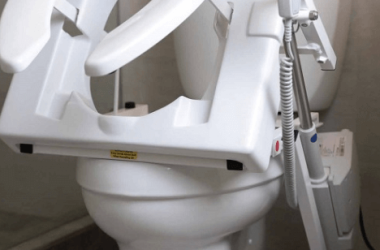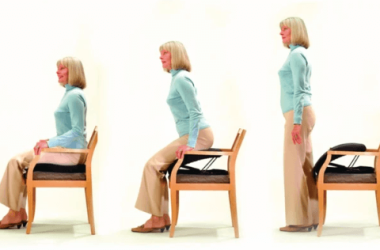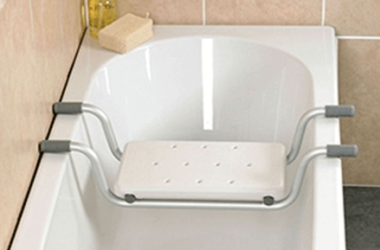Guidelines for Selecting a Standing Cane:
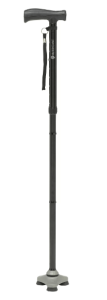
The design of canes has evolved over generations, incorporating various features that enhance usability and comfort. Selecting a suitable cane involves considering several factors, such as color, material, weight, foldability, and grip design, all of which can influence how well the cane meets individual needs.
Involving the senior in the selection process can help ensure they feel comfortable and confident with the cane’s design and functionality.
Here are some key aspects to consider when selecting a standing aid cane:
1. Stability: A stable cane should have a broad, sturdy base to provide maximum support when standing up or sitting down.
2. Grip: The handle should be comfortable to hold, reducing strain on the hand and wrist, especially during extended use.
3. Height: An adjustable cane height can help ensure the right fit for comfort and support.
4. Lightweight: A lighter cane can be easier to maneuver and carry.
5. Tip Quality: A high-quality, non-slip tip can provide secure footing, particularly on smooth surfaces like tile or hardwood floors.
6. Weight Capacity: Ensuring the cane has a suitable weight capacity can provide safer support, especially for those who need additional stability.
7. Ergonomics: Look for ergonomic designs that reduce stress on the wrist and hand.
8. Design: Consider if a specific handle design is needed for right- or left-hand use.
Safety Recommendations for Cane Use:
- Use the cane on the side of the “stronger” leg for better support.
- Inspect the cane regularly for wear and tear, particularly the tip.
Types of Standing Canes:
This section highlights some commonly used cane models with various design features suited to different needs. When exploring these models, consider each feature carefully and, if possible, try a few to see which style feels the most comfortable and supportive.
1. Traditional Standing Canes
Traditional canes often come with a single-tip design. They are generally lightweight and easy to carry, making them a good option for those who need minimal support but benefit from a reliable aid for stability.
2. Quad Canes
Quad canes feature a four-pronged base, which provides additional stability on various surfaces. They are particularly suitable for those who need more support when walking or standing, as the broader base offers enhanced balance.
3. Ergonomic Handle Canes
These canes prioritize comfort, featuring handles designed to fit the natural grip of the hand, thereby reducing wrist and hand strain. For seniors who require prolonged use, ergonomic handles can significantly enhance comfort.
4. Adjustable Height Canes
Adjustable height canes allow users to customize the height according to their needs, ensuring optimal posture and comfort. Adjustable canes are convenient for those who want a more tailored fit.
Final Words
For more in-depth information on various assistive devices and their role in senior mobility, explore our additional articles on different types of standing aids and assistance options for senior mobility.

A seasoned SEO specialist and a writer for gaming, senior well-being, and ride-on toys. With an analytical mind, sharpened by 14 years of experience as a finance controller. His unique ability to create engaging content is only exceeded by his skill in leveraging SEO strategies, a talent driven by his love for numbers and patterns.




